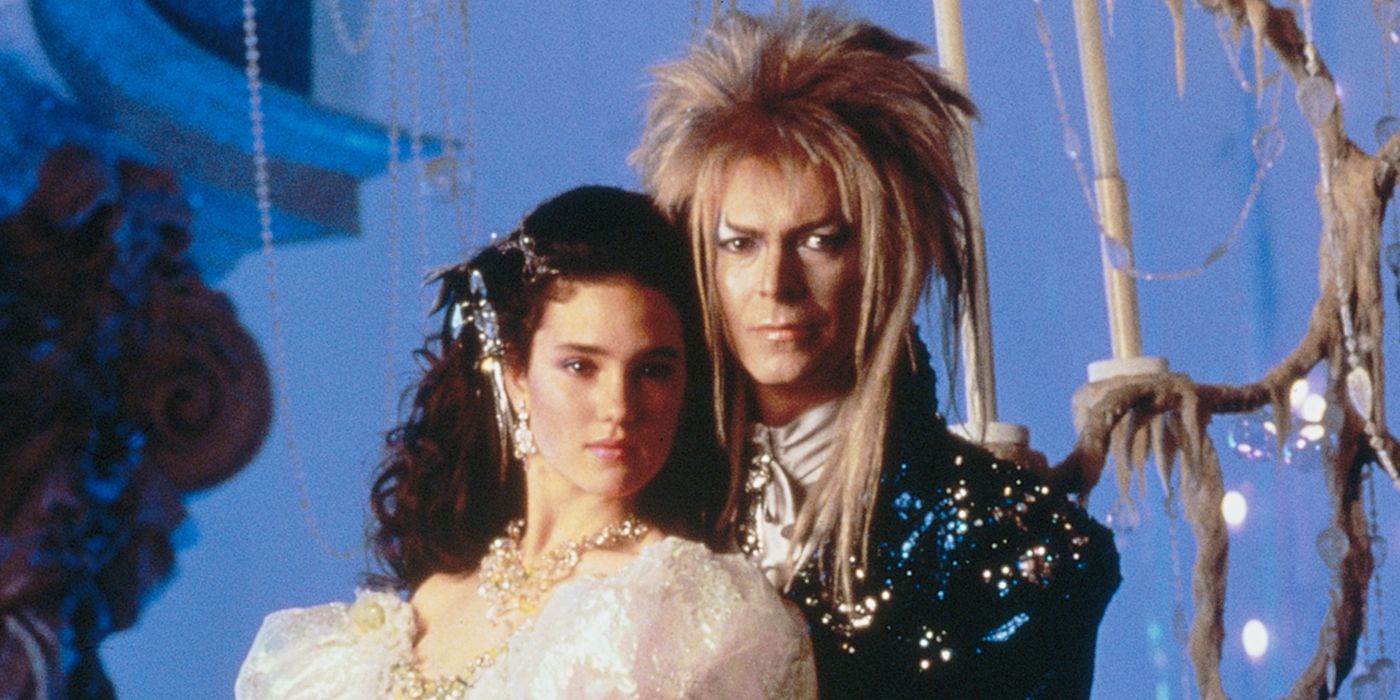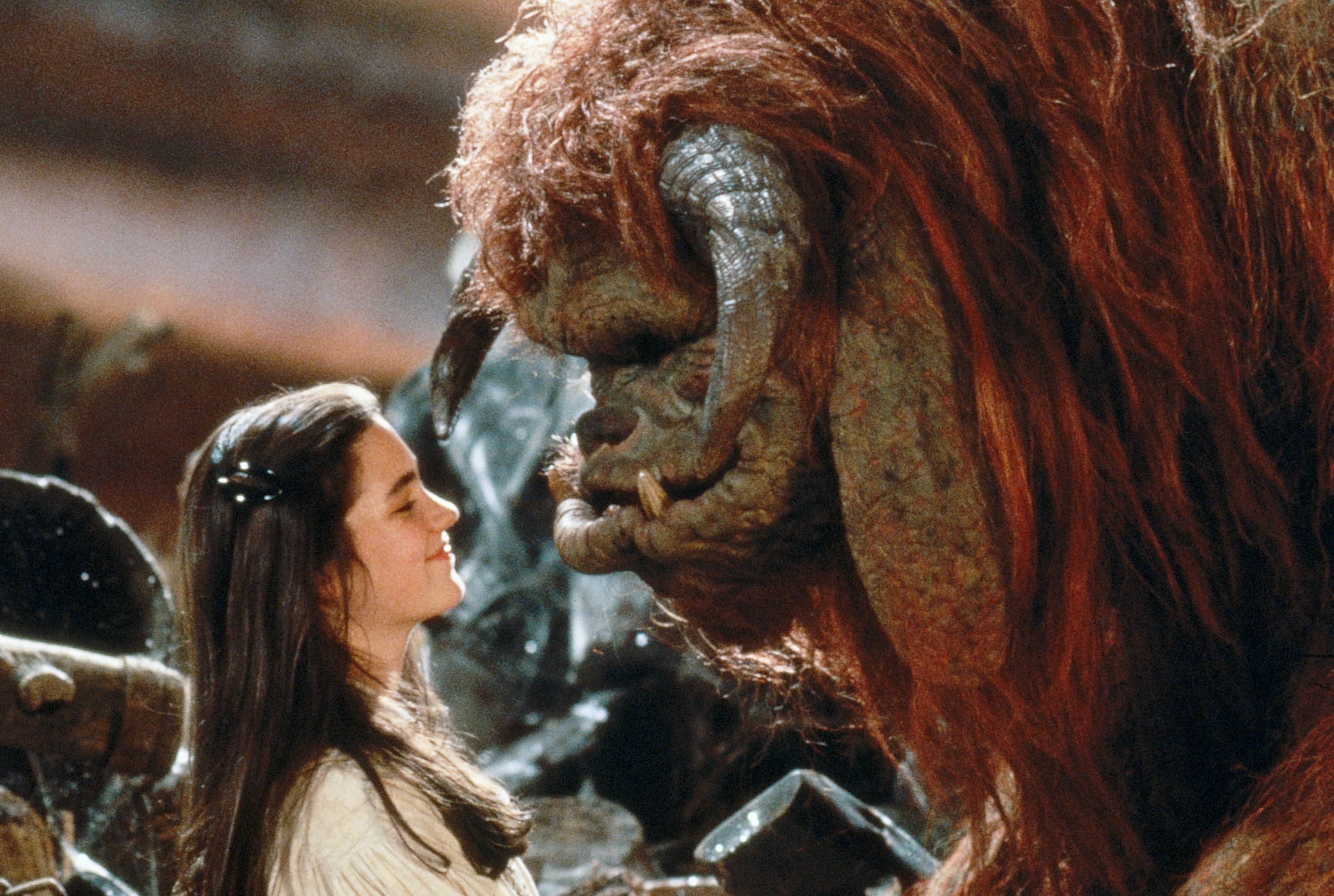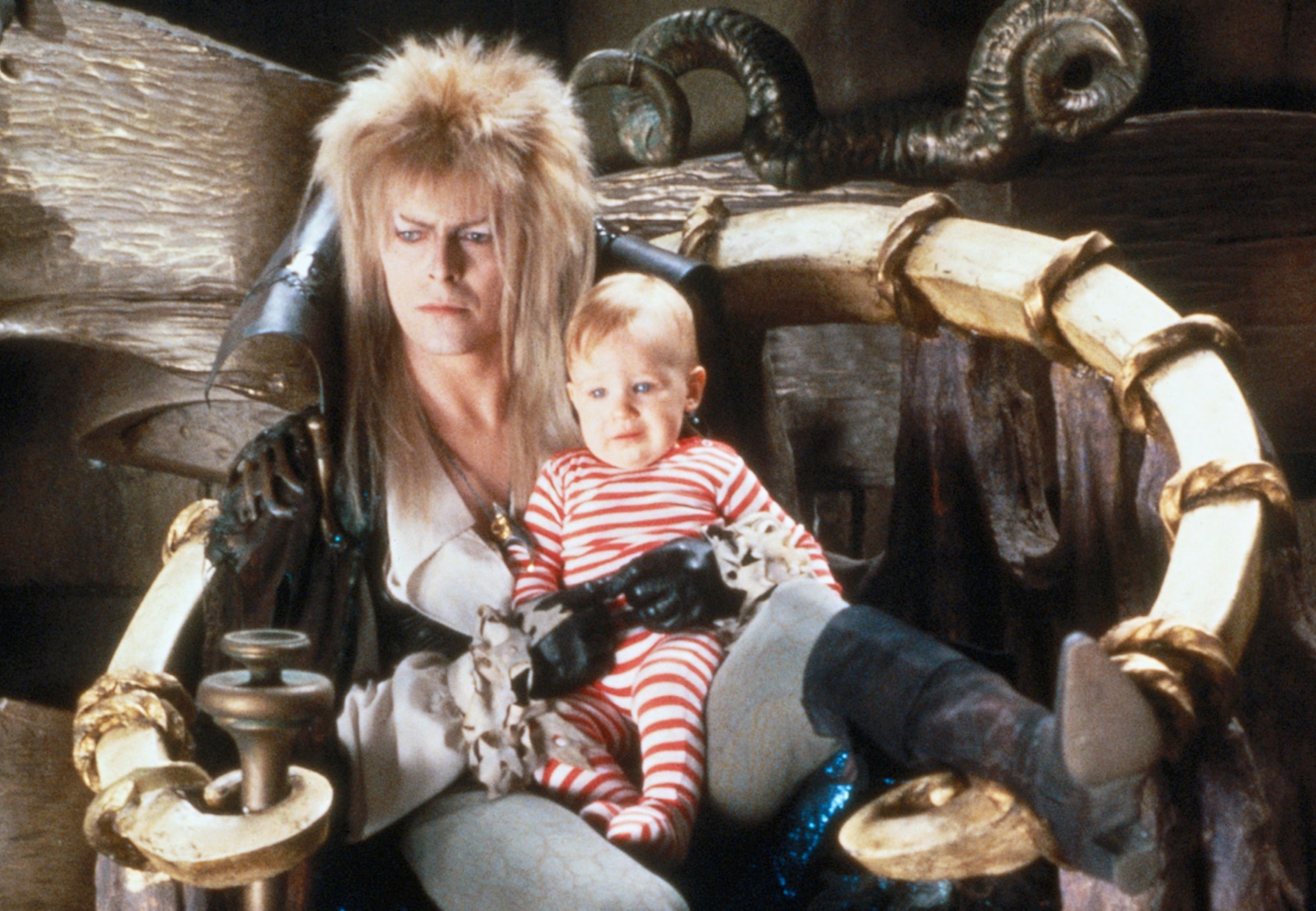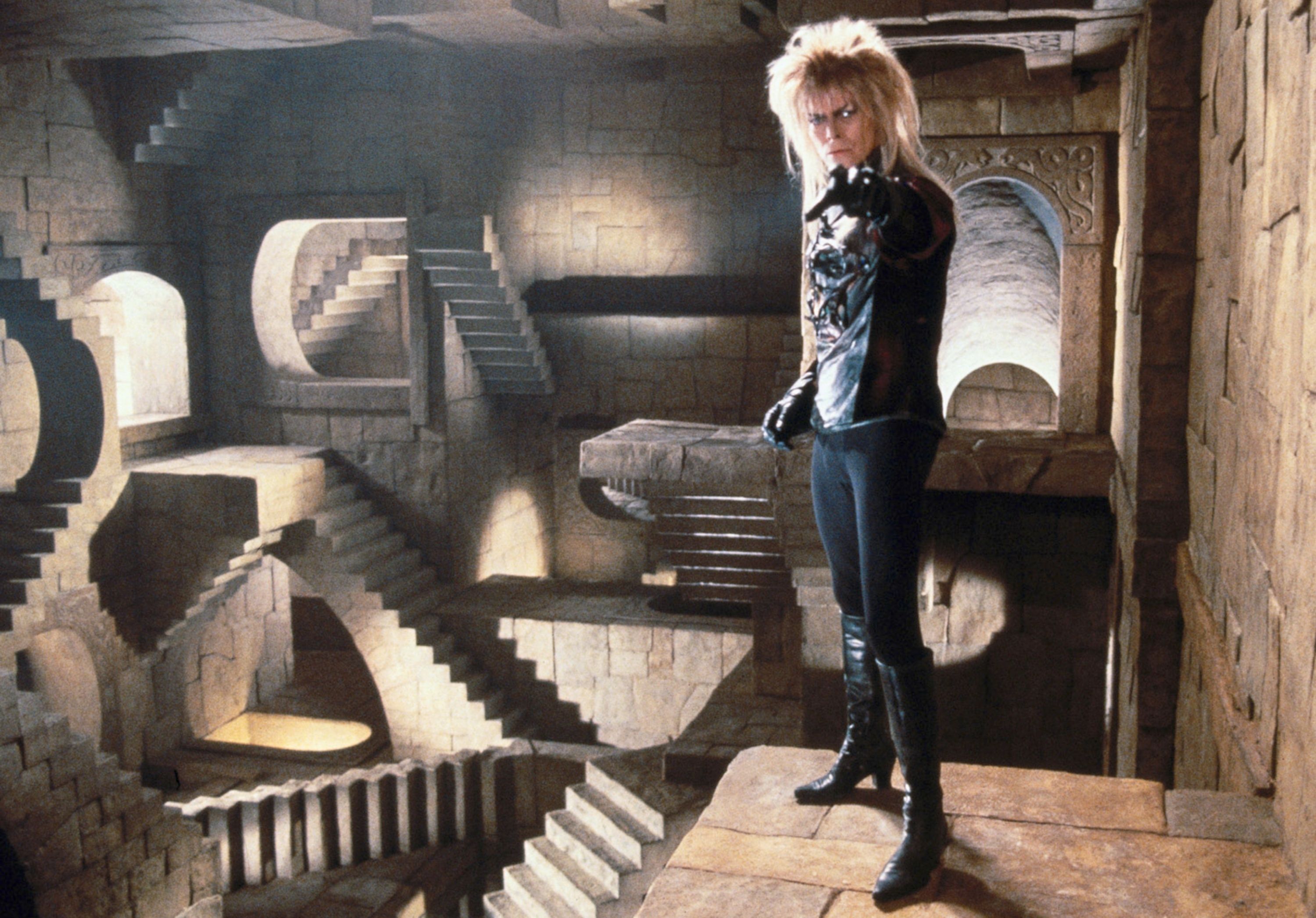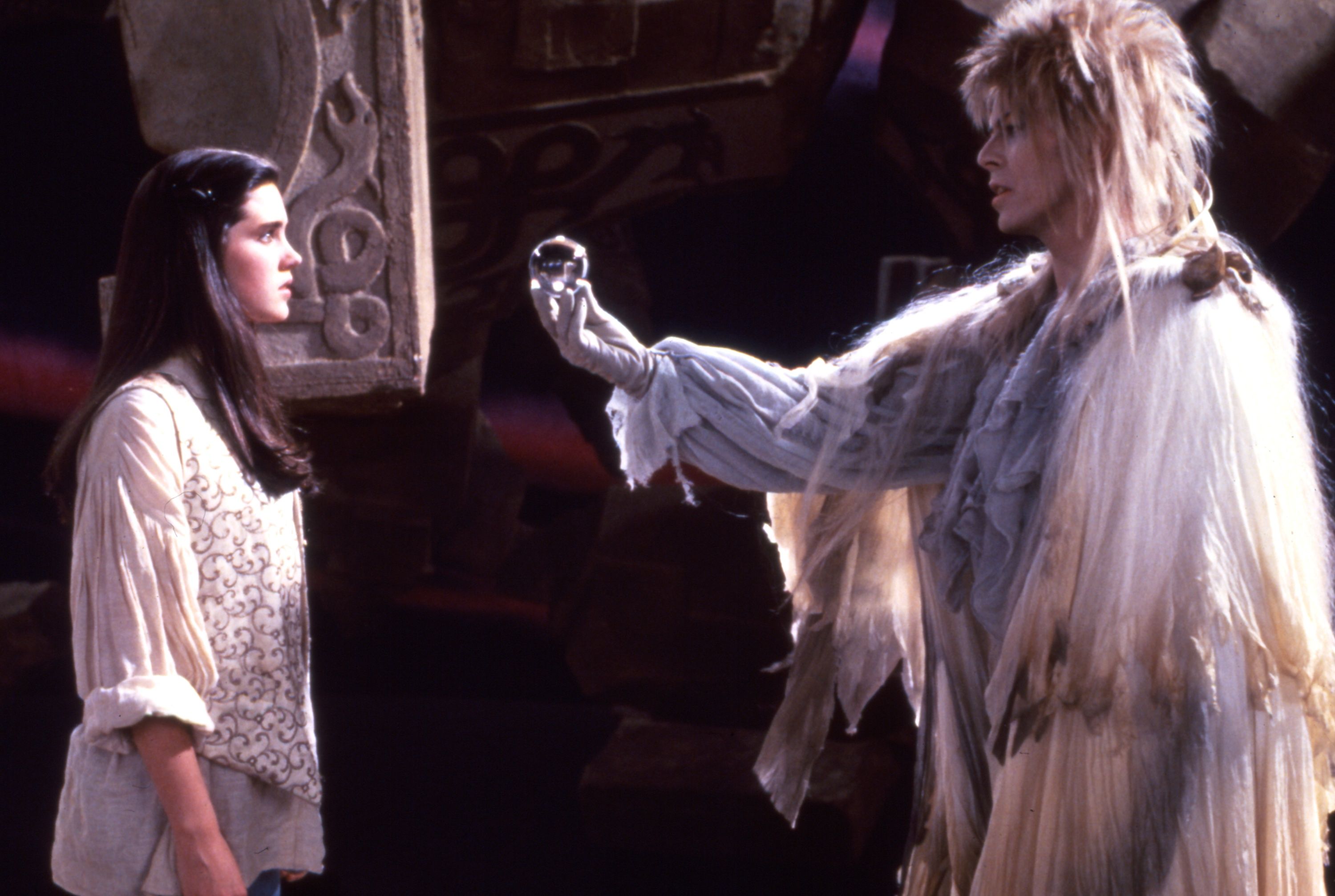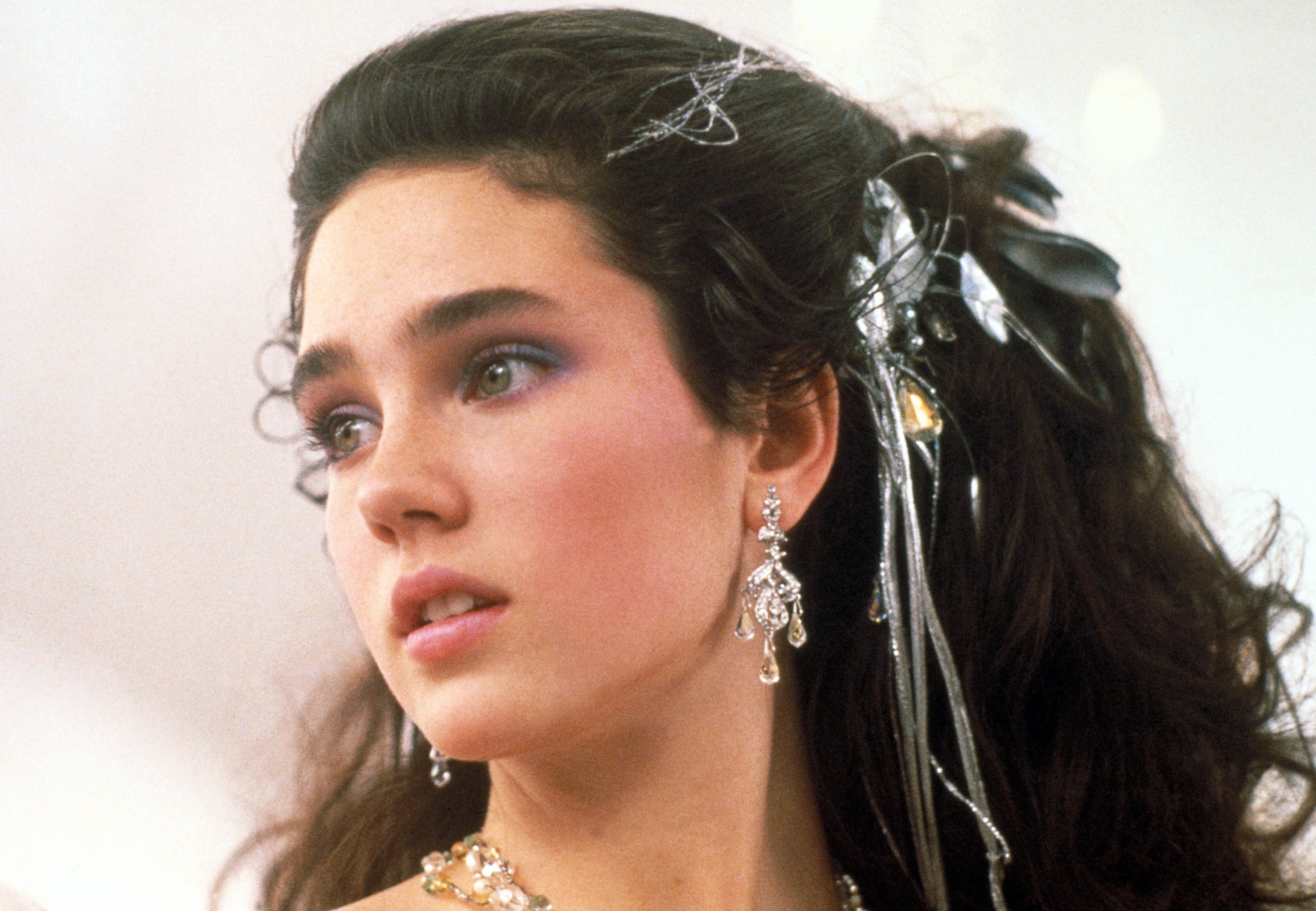While the fantasy adventure film Labyrinth, directed by Jim Henson and starring Jennifer Connelly and David Bowie, wasn’t a box office success during its initial theatrical release in 1986, it has since developed a level of popularity that has allowed it to endure, all of these years later. The story following a teenaged Sarah (Connelly), who must solve a labyrinth and rescue her baby brother when her wish for him to be taken away is granted by the Goblin King (Bowie), has even been commemorated with a special 35th anniversary 4K Ultra HD Blu-ray that includes rare and never-before-seen material.
During this 1-on-1 phone interview with Collider, Cheryl Henson, who is President of the Jim Henson Foundation, talked about the timeless quality of Labyrinth, why Didymus is one of her favorite characters in the film, what it means to her to get to have a hand in carrying on the Henson legacy, beginning her career building puppets for The Muppet Show, what would most surprise people about making something as technologically challenging as Labyrinth, what she wishes they could update, and her father’s message that your imagination is always there for you.
Collider: Every time Labyrinth hits one of these milestones, with it now being its 35th anniversary, are you surprised that it’s a movie people still love, still want to talk about, and that it can show in theaters again because people still want to see it?
CHERYL HENSON: It’s extraordinary and wonderful. There’s a timeless quality to it. I love the fact that people are still really excited about seeing the puppets that are really puppety puppets and some of the real low tech special effects and things. That doesn’t really seem to bother people because it has such a great nostalgia to it. It’s really great that people are still excited about seeing it. One of my favorite characters in the movie is Didymus because Didymus was partially based on our own dog when we were teenagers. He was a little Peekapoo and he had that small dog feistiness of needing to prove himself all the time that I think Didymus shares.
I love that. When did you realize that Labyrinth was a film that was going to have a lasting legacy?
HENSON: We certainly did not expect it because when it first opened, it was a failure. I remember going to the first screenings and coming out just a little bit horrified and like, “Oh, my gosh, nobody likes this.” So, I think what’s important is that it’s found its audience. It found the audience that’s right for it. Labyrinth had star appeal because it had David Bowie, but it still had a little trouble finding its audience. I think there’s something so honest about the storytelling in it, and there’s something quite adventurous and unusual about the whole film that it has found its audience. I’m not actually sure when it became really popular, but it’s still a little bit extraordinary to me that it became so popular.
Not every movie gets to have that kind of a legacy. It’s definitely a rare thing.
HENSON: How old were you when you first saw it?
I don’t even remember exactly what age I saw it. I just know that I watched it a lot, like I did with Sesame Street, The Muppets, Fraggle Rock, Emmet Otter’s Jug-Band Christmas, The Dark Crystal, Labyrinth, and all of that stuff. I couldn’t get enough of films and TV shows like that, and all of my earliest memories involve watching those with my mother.
HENSON: Oh, how wonderful. Did you know that we are relaunching the Emmet Otter’s stage show? We’re doing the Emmet Otter’s stage show at the New Victory Theater in New York (from December 10th through January 2nd) and I’m so excited to have that music back. I was so in love with that show when I was young. I just really thought that the show had so much heart, but more than anything else, I loved Paul Williams’ music in it.
There are not many families like yours, that get to carry on and develop a family legacy that is so identifiable. What does it mean to you to be a Henson, and to be carrying on and shepherding that legacy? Does it mean something different to you now, then it did early on?
HENSON: I think it does. I just turned 60 and I feel like it’s actually one the more important roles that I’ve played. I’m the President of the Jim Henson Foundation, which is all about supporting puppetry as an art form. We support puppet theater and a very wide range of puppet theater. My father’s legacy of creativity and creating really innovative, imaginative work and that we’ve continued to support other people creating innovative, imaginative work in their own styles and in their own ways, is a legacy of our company and my dad’s characters, but it’s also a legacy of his spirit of generosity and wanting to inspire others to create their own stuff. My brother and my sister, Lisa and Brian, are much more active in creating the television and film productions, and I really focus on the puppetry.
You began your career building puppets for The Muppet Show, when you were still in high school. What are your favorite memories from your time on The Muppet Show and getting to do that?
HENSON: It’s really fun to puppeteer. It’s very playful. It’s very fun. And building puppets is really fun too. I had a great time. I loved working in the workshop. We actually still have the Foundation office within the puppet building workshop, here in Long Island City in New York. I really loved the atmosphere of being around artists creating puppets, and all of the materials and skills that go into it, and dying the fabrics and cutting the foam. All of that is just so deeply inspiring and creative. I love that our office is part of that little nexus of creativity, here in New York. I have to say that building puppets takes time. You really have to stay very, very focused. I found that, as I got older, I was restless and I wanted to do a lot of different things. And then, I had children, and this happened and that happened. When you’re building puppets, you really have to stay focused on just doing that, but I have infinite admiration for all of the puppet builders.
The Fathom Events showings of Labyrinth also include a behind the scenes look at the making of the film. What do you think would most surprise people about what it took to make Labyrinth?
HENSON: My favorite story that I like to tell is playing the green slimy hands. In the Shaft of Hands, when Sarah falls down the shaft of green slimy hands, many of those hands actually had real arms inside of them. They were foam latex hands and they had layers of shelves of people, and you climbed in and just stuck your hands in and made them go. People would not expect how many of those hands actually had real people in them. Some of them were fake hands, but a lot of them were real. And then, the cutaways to the faces that would be made from the hands were really cool. My brother, Brian, together with Kevin Clash, were the co-puppet captains for the whole film, so they came up with those different faces. Another thing that people might not expect was that the scale of the goblin village was massive. Even we were a little surprised by just how huge that goblin village was. At the front gate, when the gates close and it creates a goblin, that was huge and really quite an extraordinary robotic puppet. The throne room had to be a number of feet off the ground. It was about four feet off the ground, so that you could have puppeteers underneath every part of that stage and the goblins could pop up and be puppeteered through the floor. People don’t realize how complex some of the basic staging for puppetry has to be sometimes.
What was it like to watch your father, as a director? What did you see in his style and approach as a filmmaker that most stood out to you?
HENSON: I was not around other directors, so I don’t really know. My father always tried to be kind, and tried to be quiet and calm. I don’t know that that’s always the case of other directors.
Is there anything that you wish you could go back and change with Labyrinth? With all of the years that have passed and the way that technology has evolved now, is there anything that you wish could be updated or changed at all?
HENSON: The only thing that pops into my head is the Fireys. The digital technology didn’t exist yet, and so the amount of time and expense that went into the effect of pulling the Fireys and isolating their images, and then putting them into the background in which you see them was something that could be done instantaneously, not long after that. You could certainly do it now. You could do it on your phone now. But back then, the digital technology wasn’t here yet. We went to Tokyo, Japan a year after, in ‘85, and got an amazing demo in high definition television from Sony and my dad was like, “Woah, if only we had this when we were shooting with those Fireys.” Everything was shot on film, so to be able to isolate those images and put them into a different background was relatively expensive and time-consuming. That would be so easy to do now. If it had only been one year later, it would have been so much easier to do.
When I spoke to Jennifer Connelly earlier this year, she told me how special the experience of making Labyrinth was and how working on it was such a joy. What most stands out to you about her performance in the film, with her being 14 or 15 years old when it was made and released? And what’s it like for you to see how her career has evolved since then?
HENSON: She’s a fantastic actress and I think it’s wonderful that she went on to do such interesting arts. She carried the part very well.
It also seems like there has been talk for a long time about another Labyrinth film. Is that something that you’d like to see happen, at some point?
HENSON: I think it’d be fascinating. My sister Lisa has been exploring that, on and off, for awhile, and it would be fantastic if it happened because I think that some of the ideas are really, really interesting. But beyond that, I can’t say.
It’s so interesting how timeless so many of these creatures and characters are, with there possibly being more Labyrinth to The Dark Crystal TV series to more Fraggle Rock coming around again, and The Muppets still being around. It’s very rare to have such long-lasting characters like that.
HENSON: Even as you say that, it reminds me of the end of the movie when they’re like, “If you ever need us, we’re here.” That’s exactly what my father was trying to create. These are characters that are there, for anyone who wants to re-find them. I love Sarah’s relationship with Ludo and with Didymus and with Hoggle. They do represent characters from her imagination, from her childhood, and that are her stuffed animals that are there to protect her and to be her companions. I find it really fascinating how children become so attached to their stuffed animals or to their dolls. There is that relationship that humans have with inanimate objects they have endowed with the spirit of what they need in their life. So many kids are lonely and they need the companionship of these animals. There’s such a deep attachment that you can have to an inanimate object that you’ve endowed with a personality and that makes them your friend. These are her friends, and she puts them away, but they are there for her to return to, any time she needs them, I think that’s the message my dad was most interested in. Your childhood and your imagination is there for you.
Labyrinth is now available on a 35th anniversary edition 4K Ultra HD Blu-ray. You can also check out the film in select theaters on September 15th, as part of a special Fathom Events showing.

